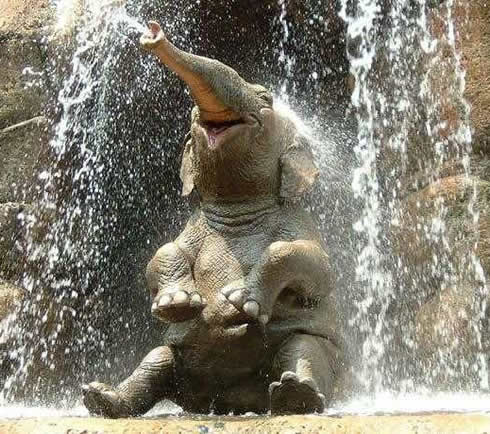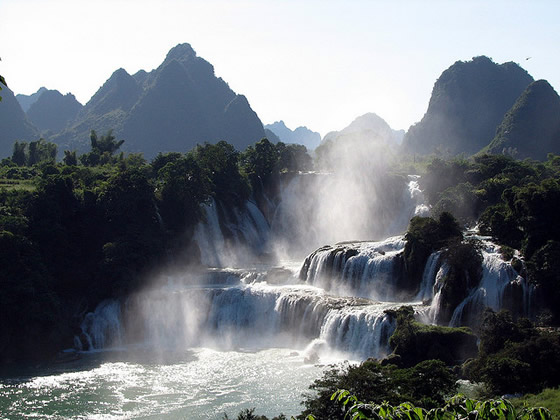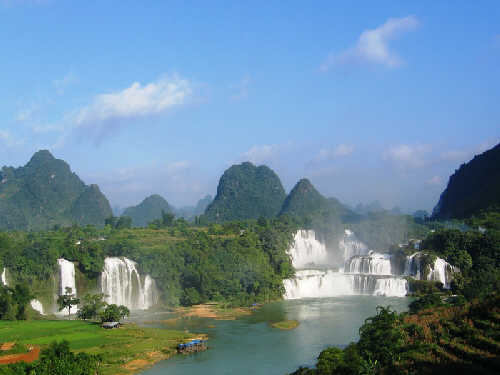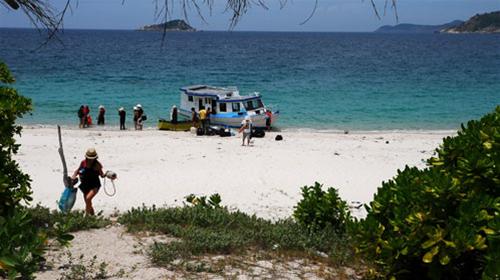Vietnam is a country that is situated in the Southeast Asia. It was once a country ravaed by war, now, Vietnam has opened its doors to tourists that it is now fast becoming a must-go place in Asia, and here are most popular places that one should visit and see in Vietnam.
Vinpearl Amusement Park, Nha Trang

Coming to Vinpearl Park (Vinpearl Land), you will have exciting experiences with your family. Best of all, this spectacular fun park is located in the popular beach resort town of Nha Trang, which is home to some of the best beaches in Southeast Asia. There is lots of fun stuff you can do in Vinpearl like playing water games, driving the bumper cars, play arcade games and ride the water slides.
However, the interesting thing about the park is being able to ride the famous Vinpearl cable car, which is the longest in the world and offers stunning panoramic views over the entire city of Nha Trang.
Halong Bay, Quang Ninh
Halong Bay is a popular tourist destination and one of the most beautiful places in Vietnam with its unusual rock formations, islands and caves such as the famous Kissing Rocks, Sung Sot Grotto (Cave of Surprises), Hoang Tan Island, Hon Trong Mai, Bai Tho Mountain, Thien Cung grotto (Heavenly Cave) and Cat Hai Island.
Halong Bay is a popular tourist destination and one of the most beautiful places in Vietnam with its unusual rock formations, islands and caves such as the famous Kissing Rocks, Sung Sot Grotto (Cave of Surprises), Hoang Tan Island, Hon Trong Mai, Bai Tho Mountain, Thien Cung grotto (Heavenly Cave) and Cat Hai Island.

War Remnants Museum, Ho Chi Minh City
The War Remnants Museum is a war museum at 28 Vo Van Tan, in District 3, Ho Chi Minh City, Vietnam. It primarily contains exhibits relating to the American phase of the Vietnam War. It may not be everyone’s cup of tea but it’s another tourist attraction you can’t miss visiting in Vietnam. You can’t really say you’ve been to Vietnam unless you’ve visited the War Museum and learn about the Vietnam War from a Vietnamese point of view.

The museum illustrates history through video and photos the horrors of war and more particularly the use of chemical warfare during the American-Vietnamese conflict. There are also dozens of artifacts on display that you can loo at such as tanks, helicopters, bomb shells and more.
Hanoi Old Quarter
The Old Quarter is the heart and soul of Vietnam. It’s truly a fascinating place to explore anytime of day because this part of town never sleeps and it’s bustling everywhere with shops and food vendors selling tasty delicacies.

Hanoi is packed with hundreds of tourist sights and interesting places such as the Old Quarter of Hanoi, which is unarguably one of the most popular tourist attractions in Vietnam.
Coming here, you should spend time wandering the famous streets of Ma May and Hang Buom, shop at Dong Xuan market and taking a boat ride of Hoan Kiem Lake. By the way, be sure to hire a cyclo (bicycle rickshaw) or hop on a “Green Tourism electric bus” to explore the Old Quarter, your feet will love you for it!
Imperial City, Hue

In addition, make sure you visit the Tu Duc Tomb while in Hue. The tomb is located in Duong Xuan Thuong village (not far from the center of Hue) and it’s another sight that you have to see because of its scenic location, beautiful gardens and stunning pagodas.














